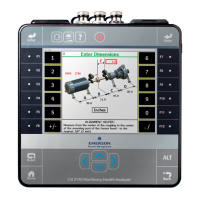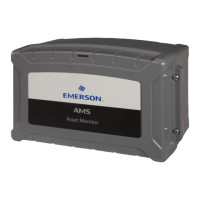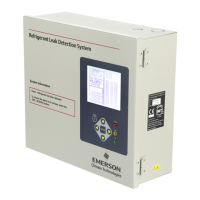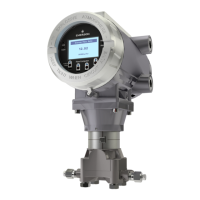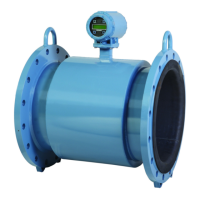the recorded frequency is a resonance and no other background vibration. A multi-channel
measurement records the amount of force applied with an instrumented impact hammer
on one channel and records the response on a second channel.
For the Impact test, you can use the triaxial accelerometer and one input for the impact
hammer. This allows you to do one impact and collect all three measurement directions,
which makes data collection faster.
Impact testing and modal analysis
Impact testing identifies resonant frequencies. If you perform the impact tests at enough
points, the modal analysis software can use the data to animate the structure. The
animation lets you see how the structure vibrates at each of the resonant frequencies.
Complete a modal analysis experimentally or numerically. Finite Element Analysis (FEA) is a
numerical method of modal analysis. Experimental Modal Analysis (EMA) is often done
using modal analysis software that lets you see the modes of vibration at each of the
resonant frequencies measured during the impact tests.
You need only a few measurement points to identify resonant frequencies. Modal analysis
often involves 10 or more measurement locations measured horizontally, vertically,
and/or axially.
Impact plots
When you display impact plot data, use the F2 Next Response Input key to switch between
other inputs. Waveform plots for Impact acquisitions show the shape of the Force/
Exponential window used when calculating the spectrum. The shape of the Force/Exponential
windows are calculated using the Start, Width, Taper, and Decay values you set up. See
Section 6.7.3. This shape makes sure the window setup values are correct. The amplitudes
of the window overlays are not scaled to the plot. Only the general shape of the window as
it relates to the waveform data in time is important. The window overlays are shown by
default during live-time plotting. You can clear these from the plots.
Analyze and Advanced Analyze
154 MHM-97432 Rev 7
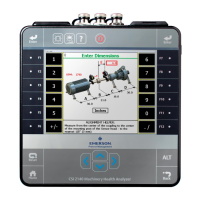
